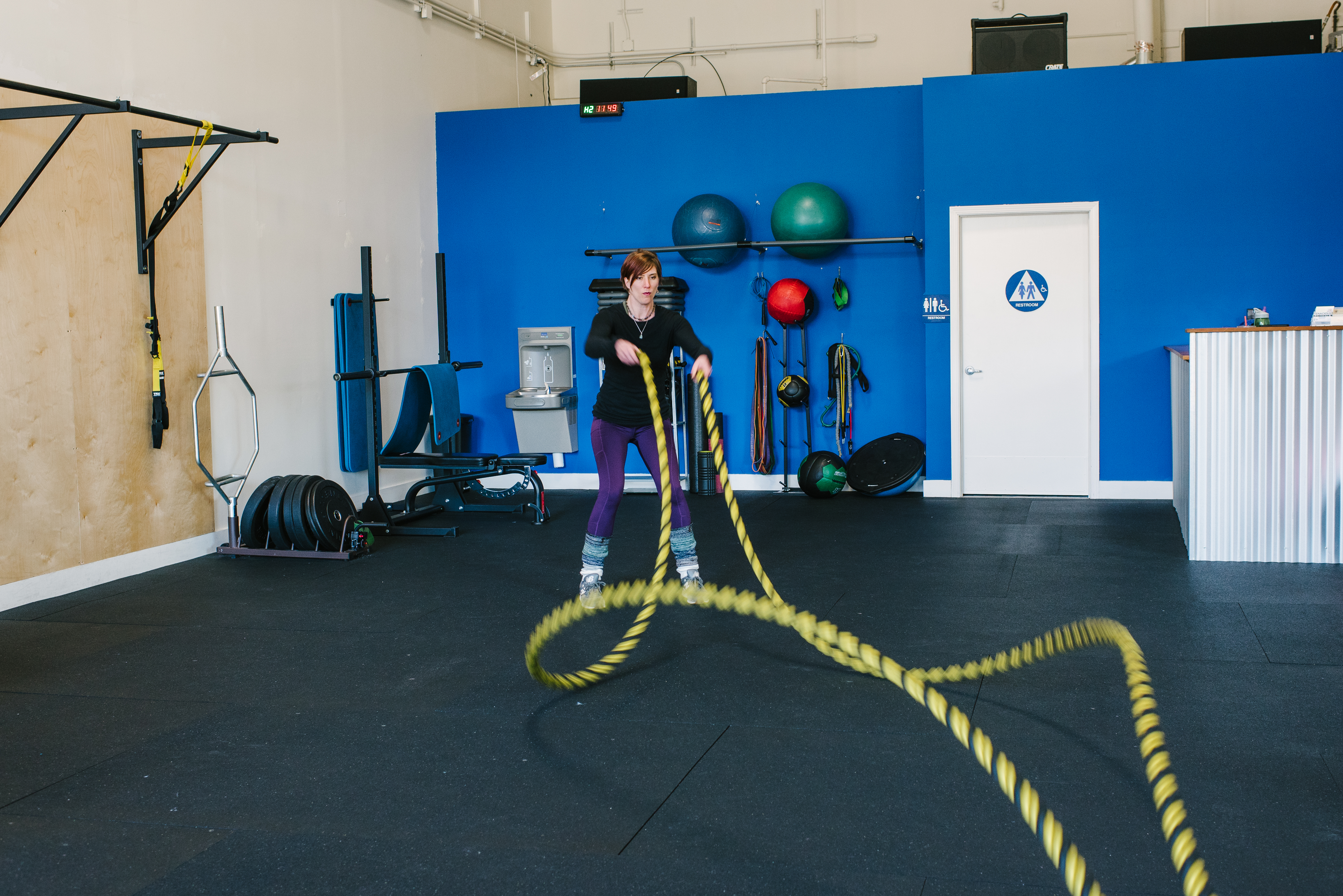A commonly discussed weight loss topic among our personal training clients in Napa entails what types of exercise will most efficiently shed fat from the body. Popular themes we see in health and fitness advertisements feature information on performing high intensity interval training(this is also known as HIIT in personal trainer lingo). HIIT is a mode of exercise that requires participants to perform strenuous exercise for an amount of time followed by a less intense exercise for half the amount of the intense period. This makes HIIT function as a 2-to-1 work-to-rest ratio. Another popular mode of exercise is steady state cardio. Steady state cardio is performing a mode of activity for a prolonged period of time at sub maximal exertion. For example, performing a 30 minute jog at 65% or less of your maximum heart rate. It’s important to perform exercise in an effort to control the amount of subcutaneous fat on your body, maintain healthy blood pressure and keep an efficient heart rate. It’s equally important to understand how these forms of exercise function and how they can benefit you.
Fitness communities such as CrossFit clubs, boot camp classes, or small group personal training classes at local gyms frequently utilize HIIT to coach their exercise participants. HIIT has become popular due to its marketability of the results it offers. We see hyper athletic models and celebrities with very muscular and toned physiques. When the consumer sees that a model, actor and/or celebrity has a Greek god like body, they start to inquire about how this person achieved their results. When they find out that HIIT is a portion of their routine, the draw to follow this mode of exercise becomes more appealing.
Understanding the specific energy system of HIIT is critically important to being able to utilize this form of exercise safely and effectively. As stated earlier in the article, HIIT is a mode of exercise is performed at a high intensity of perceived exertion for a certain period of time followed by a lower intensity exercise. An example of this may include running for a perceived exertion of 80% of maximum effort for 20 seconds and then following it up with 10 seconds of walking at about 20% of your maximal perceived exertion. Repeating this sequence of exercise for 10 cycles through would give sufficient heart rate responses.
Implementing HIIT in your exercise routine is a very efficient technique to burn fat. When HIIT is performed and the participant crosses over the threshold of exercising over 75% of their maximum heart rate, the after burn effect of utilizing fat as a fuel source after your training session is increased. Therefore, efficient time management is a benefit of utilizing HIIT as a form of cardiovascular exercise. For example, performing a 60 second run followed by a 30 second walk HIIT protocol 10 times is more time efficient than performing 30 minutes of jogging. This brief form of exercise is preferable to people who don’t want to spend 30 minutes on a treadmill listening to music and looking out the window of your local gym. In addition, HIIT can be seen as more stimulating and not as monotonous as traditional steady state cardio.
While there are many benefits to performing HIIT, the downside is the increased likelihood of injury. When we perform activities at a higher intensity, there is more impact to the joints. In addition, performing tasks at a more aggressive pace hinders the ability to concentrate on the fine details needed while exercising. This can lead to a higher proposition of error. What would happen if someone were to roll their ankle or pull their quadriceps when performing a high-intensity run? When performing HIIT as a mode of exercise, it’s very important to exercise caution while doing so.
Both HIIT and steady-state cardio play a crucial role to achieving benefits from your exercise program. Depending on the specificity of goals and motivations for the individual, each can be implemented in an exercise program. However, it’s important to understand what your goals and motivations are. At certain times HIIT may not be in your best interest depending on the current physical state of your body. There are other options that encourage increased heart rate and blood pressure responses from exercise offering similar results. Performing recreational activities, hiking, walking with friends or performing some sort of hobby over the weekend that entails physical exertion will elicit healthy cardiovascular adaptations. It’s important to avoid following along with what is perceived as the next best thing posted in Hollywood or social media until you have researched it yourself. Choosing enjoyable exercises will lead to feeling fulfilled, happy and strong. At the end of the day a balanced life of fitness and wellness is the most important. HIIT and steady-state cardio are both very effective forms of training. Just make sure that you can perform these exercises safely and enjoy them while you’re at it.

